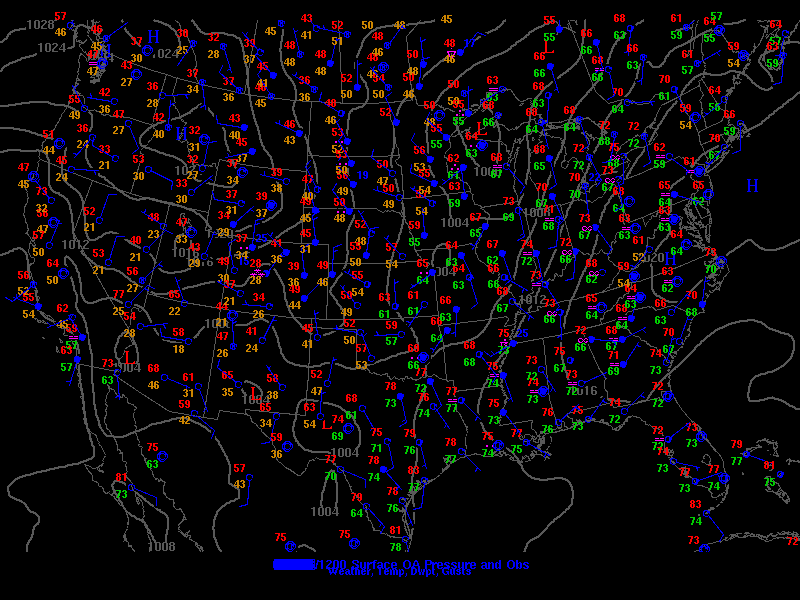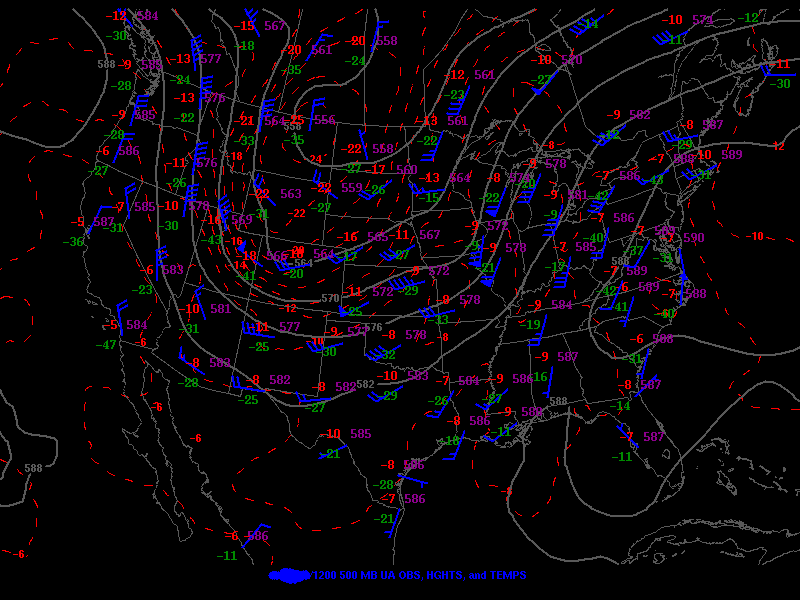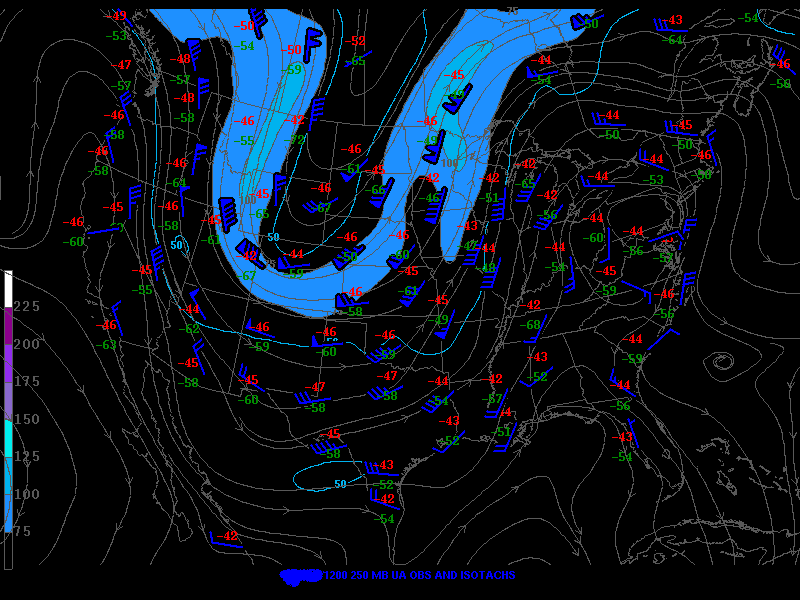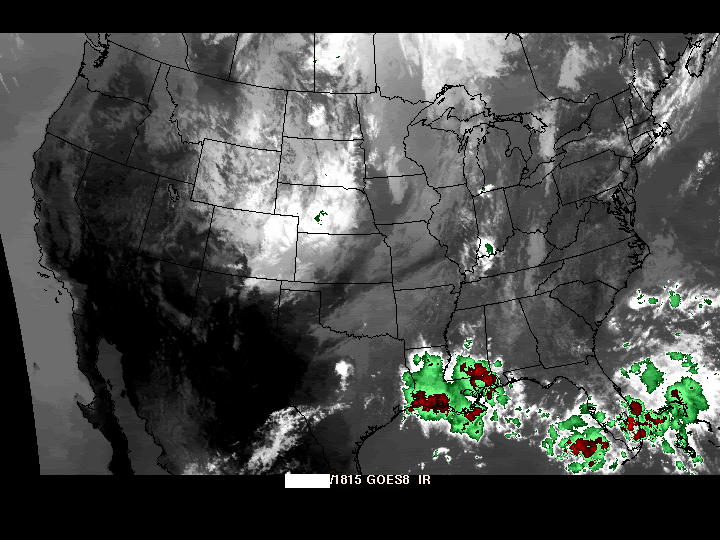Mike Peregrine
EF5
Ok - it's time to make these a little tougher to figure out. So go to it.
We are starting with 12z analysis.
1. This is a possible chase event or a possible bust.
2. This event/non-event may have occurred anywhere on the maps provided.
3. This event/non-event may have occurred at any time.
---------------------------
The first person that successfully does any of the following wins:
1. Successfully names a specific target that produced a tornado;
2. Successfully describes the factors that played into a bust;
3. Succesfully provides a date for this event;
or
4. Successfully describes the solution for this day ...
--------------------------------------




Have fun ... and bickering (within the limits of TOS) is allowed this time, as long as you figure it out.
We are starting with 12z analysis.
1. This is a possible chase event or a possible bust.
2. This event/non-event may have occurred anywhere on the maps provided.
3. This event/non-event may have occurred at any time.
---------------------------
The first person that successfully does any of the following wins:
1. Successfully names a specific target that produced a tornado;
2. Successfully describes the factors that played into a bust;
3. Succesfully provides a date for this event;
or
4. Successfully describes the solution for this day ...
--------------------------------------




Have fun ... and bickering (within the limits of TOS) is allowed this time, as long as you figure it out.

